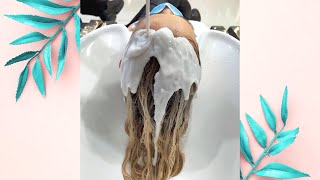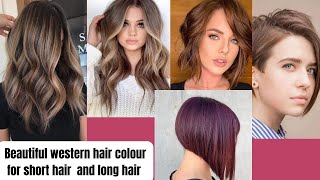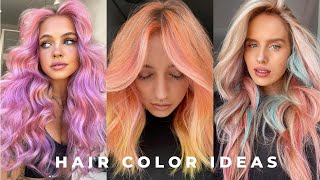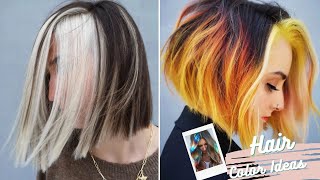The 7 Gradual Stages of Lightening Dark Hair To Icy Blonde or White
- Posted on 06 January, 2022
- Hot Topic
- By Kenneth
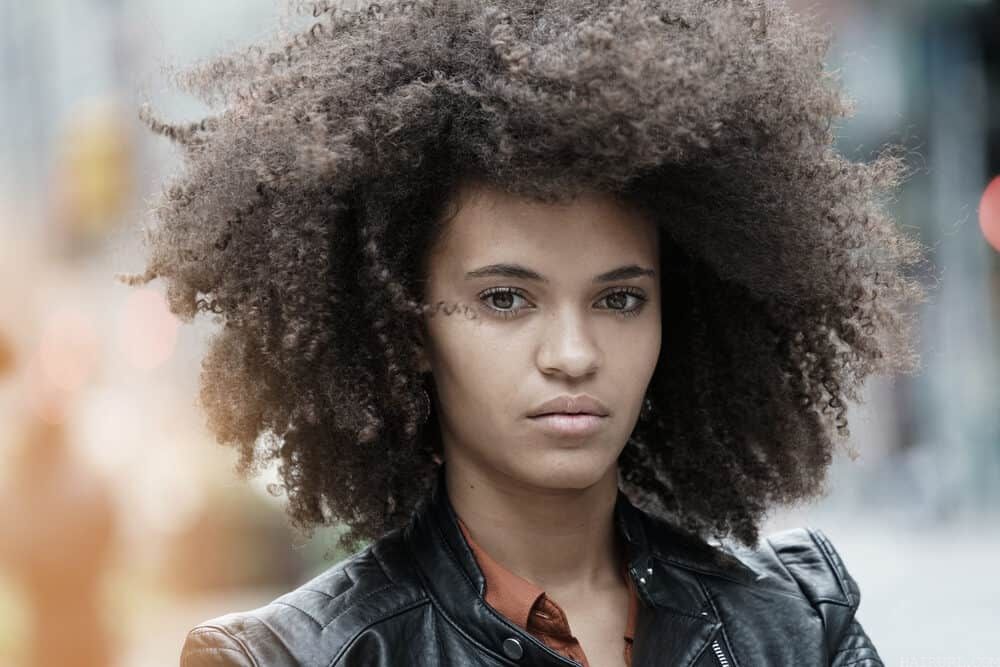
Are you looking to bleach or dye your dark hair a few shades lighter or even platinum blonde? Depending on your desired end result, it could be a long process.
There are seven stages to lightening dark hair, and you’ll need to know about all of them if you’re going to have any chance of meeting your hair color goals. In this article, we’ll fill you in on all the stages of lightening dark hair.
Lightening Dark Hair Is a Gradual Process
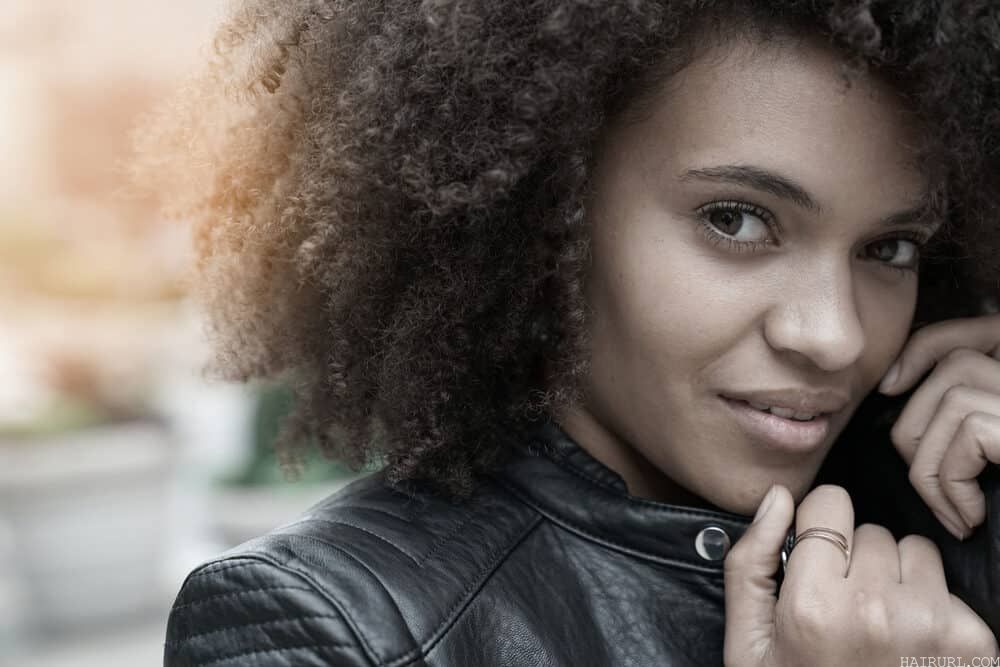
Dark hair is one of the most challenging hair colors to lighten, and we’ll tell you why. There are two types of melanin in everyone’s hair: eumelanin and pheomelanin.
The more eumelanin your hair contains, the darker it will be, and the more pheomelanin your hair has, the lighter it will be.
With that being said, dark hair has loads of eumelanin, making it naturally more difficult to lighten. It naturally gravitates toward the darker end of the color scale.
Keep this in mind when you’re trying to lighten your dark hair – it could take several bleaching sessions to achieve the level of lightening you’re going for.
The Color Stages of Lightening Dark Hair
Throughout the seven stages of hair lightening, you can expect your hair to vary widely in color. You’ll see what we mean as you progress through this section, where we’ll tell you all about the stages of lightening dark hair.
Hairdressers Guide To Coloring Your Own Hair And Not Ruining ItStage 1: Black or Darkest Brown Color
For most people, stage 1 will be the starting point. The good news is that you can only go lighter from here!
Stage 2: Dark Brown Color
Dark brown equates to level 4 on the color scale. You can achieve this color after one round of bleaching dark hair. This stage of lightening is achievable at home with powder bleach and a 20-volume developer. At this point, all of the dark pigments are stripped from your hair.
Stage 3: Light Brown Color
The next stage is light brown. Colors anywhere from levels 5-6 would be considered light brown. This color has more of a red/brown undertone. At this point, you might want to start using a higher volume developer (30 or 40) to achieve a lighter color result.
Stage 4: Dark Blonde Color
Dark blonde follows light brown and is considered stage 4. Color levels 6-7 would be considered dark blonde, more commonly known as “dirty blonde.” It’s hard to differentiate between dark blonde and light brown, but a key difference is that dark blonde has more of a yellow undertone.
After reaching this stage, your hair will be dry and potentially crispy. If you are not deep conditioning in between bleaching sessions, your hair might start to shed more than usual.
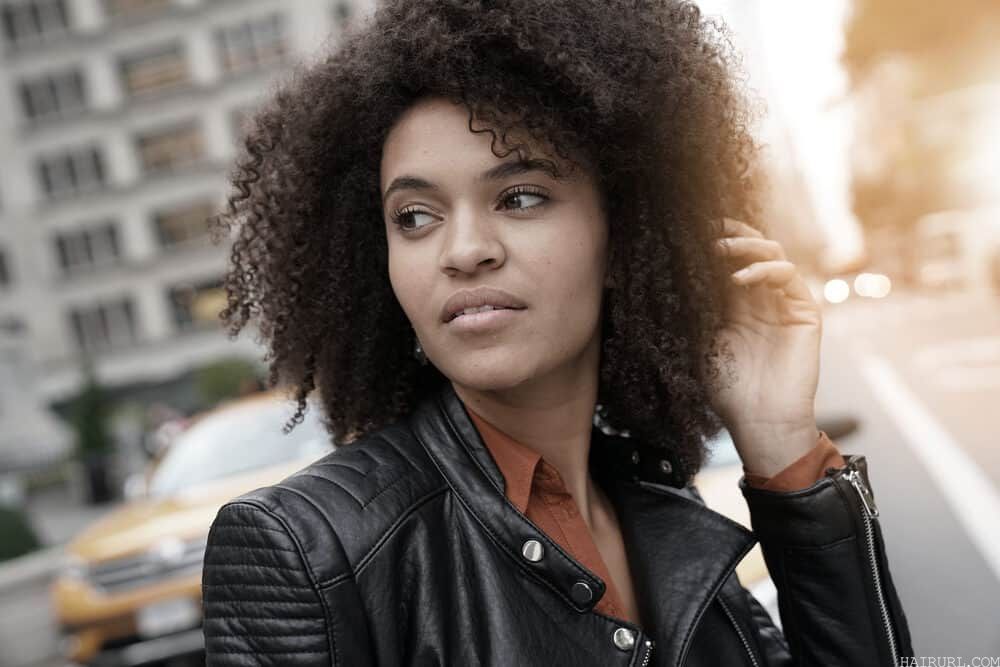
Stage 5: Medium Blonde Color
This stage is where the true blonde colors start. Medium blonde would be considered a level 8 on the color scale. Almost any shade will show on top of this color.
You can achieve this shade at home, but if you want to lighten your hair further, you should contact a professional colorist. They’ll be able to give you the color results you want while minimizing additional damage to your already fragile hair.
Stage 6: Light Blonde Color
Level 9 on the color scale would be light blonde hair, and it’s tough to achieve at home. This color is just below platinum and can be a very damaging process for your hair if done improperly.
Breakage, extreme dryness, and even hair loss are risks for your hair at this stage. We do not recommend trying to achieve this color at home, but at this stage, platinum, pastel, and virtually any other color will show up.
Stage 7: Platinum or Icy Blonde/White Color
This is the perfect stage for those trying to achieve the true Elsa look! Icy blonde is the lightest color on the color scale (level 10). Any color on Earth will show up over this color – pastels, pink, green, blue, purple – you name it.
We advise against attempting to achieve this stage at home because the damage (due to a very aggressive process) can be irreversible, especially if cheap products are used.
However, if done correctly, your hair will just be a little dry, which is reversible with a few deep conditioning treatments and/or Olaplex treatments.
How Light Does Your Hair Need to Be?

To achieve your desired color, you must know the exact stage your hair needs to be at. If you lighten your hair too much, there won’t be enough pigment for the color to latch onto. If you don’t lighten it enough, the color won’t show up.
Tips to Choose the Right Color Shade for You
You’ll usually find directions and recommendations as to what shade is best to start with in order to achieve the color on the dye. However, a general rule of thumb is to go lighter the more vibrant you want the color to be.
Typically, an 8 on the color scale is a good universal starting point. If you want your color to act as a hair tint, though, a 4 on the color scale would be ideal.
How Many Levels Can You Lighten in One Session?
Lightening sessions should be spaced at least 3 weeks apart, but 6-8 weeks is recommended, especially if you are doing this at home. You should also be doing weekly deep conditioning treatments in between sessions.
Effective Ways to Lighten Dark Hair
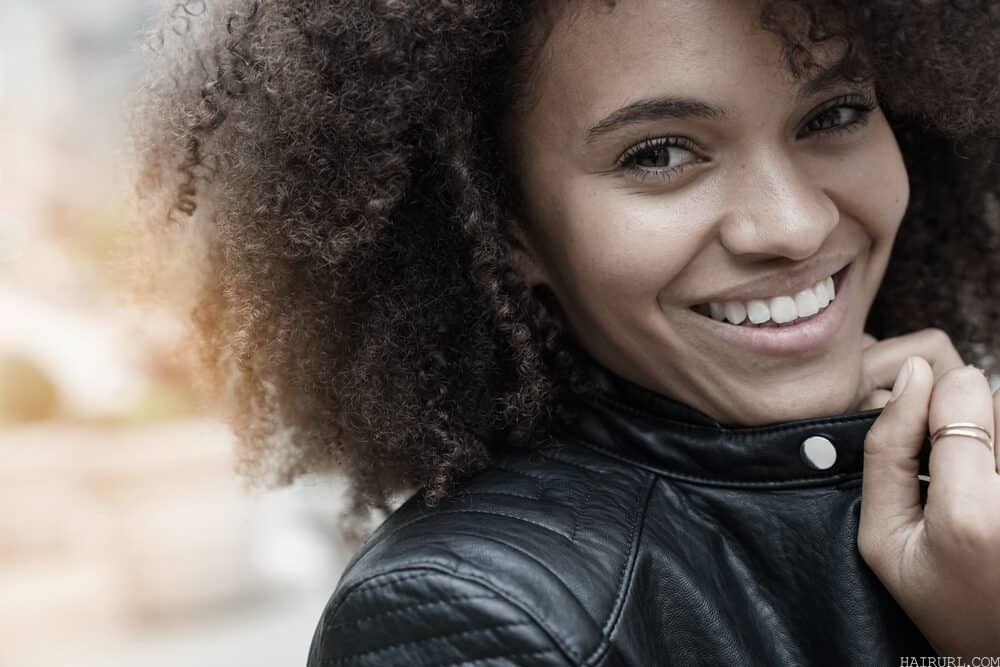
There are multiple ways to lighten your hair naturally or chemically. Some chemical ways include bleach, professional dyes, and box dye. Natural ways incorporate apple cider vinegar, baking soda, and more. We’ll take a look at several lightening methods below:
Bleach
Bleach is the most damaging way to lighten your hair. It strips your hair of all moisture and natural protectants, making it very dry and fragile. However, bleach is the most effective way to lighten your hair. To go from stage 1 to stage 6 or 7 may take only about 2 or 3 bleaching sessions.
Hair Dye
Professional dyes and box dyes can also dry out your hair, but they aren’t as damaging as bleach. Using hair dyes alone, though, isn’t as effective as bleach. They lighten your hair by about 2 or 3 shades, and only on virgin hair.
Natural Lightening Methods
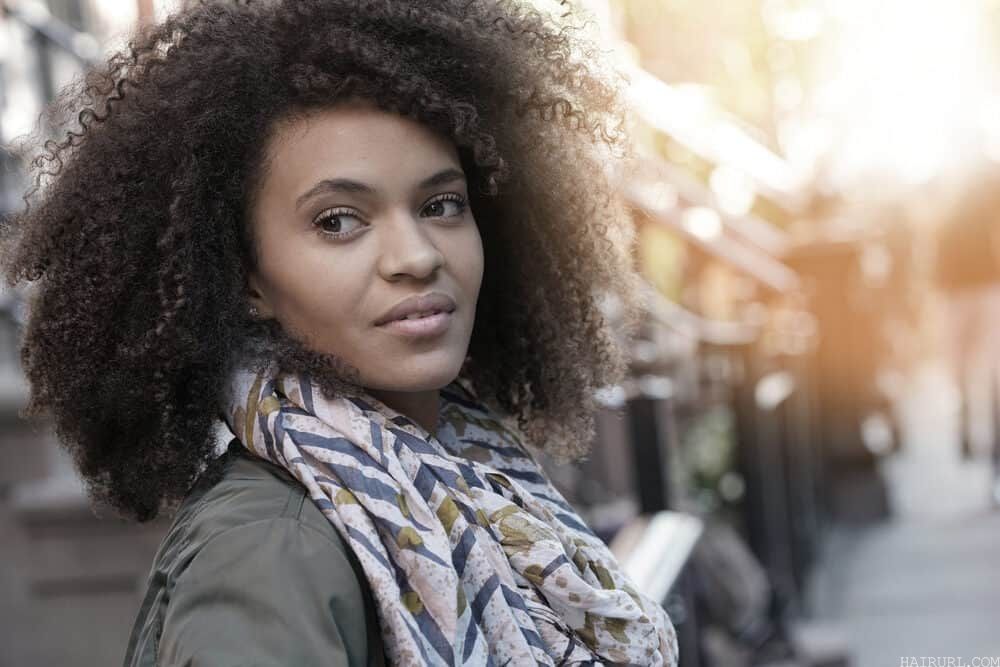
Some of the most popular natural hair lightening methods include baking soda and peroxide, and apple cider vinegar. We’ll give you a brief overview of both below:
Baking Soda and Peroxide
Baking soda and peroxide is an effective method to lighten your hair, though it won’t lighten it as much as bleach would. The baking soda acts as the bleach powder, and the peroxide is the “developer.”
Leave it on for no more than 30 minutes, and you can achieve stage 6 or 7 hair from stage 1 in about 3-5 sessions. However, just like bleach, baking soda and peroxide can be drying.
Apple Cider Vinegar
Apple cider vinegar needs to be diluted before applying to your hair, about a 1:6 ratio of apple cider vinegar to water. Leave it on your hair for 15-20 minutes, and in about 3-4 sessions, you can lighten anywhere from 3-5 stages.
Note: Natural lightening methods may be gentler than chemical-based methods. However, they aren’t as reliable as hair dye or bleach, which were specifically formulated for the purpose of altering the color of hair.
Related Articles
- How To Lighten Hair Without Bleach for Dark Hair
- How to Bleach Black Hair Without Damage
- What Color Can I Dye My Black Hair Without Bleaching?
- How to Dye Dark Hair Purple Without Bleach
Knowing the seven different stages of lightening dark hair takes all the guesswork out of lightening your hair. That way, you can achieve your perfect hair color the first time. Now that you have all of this valuable information, what hair color will you try?

